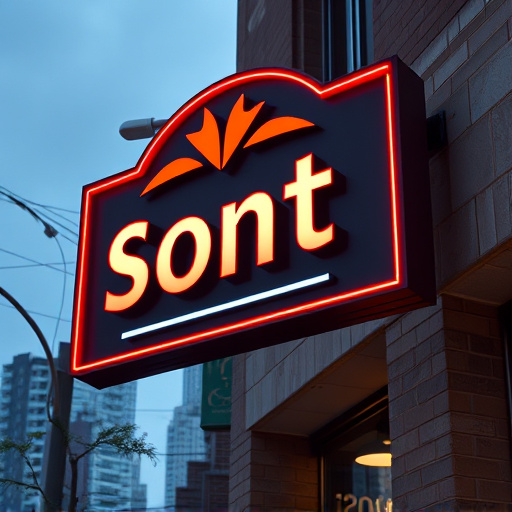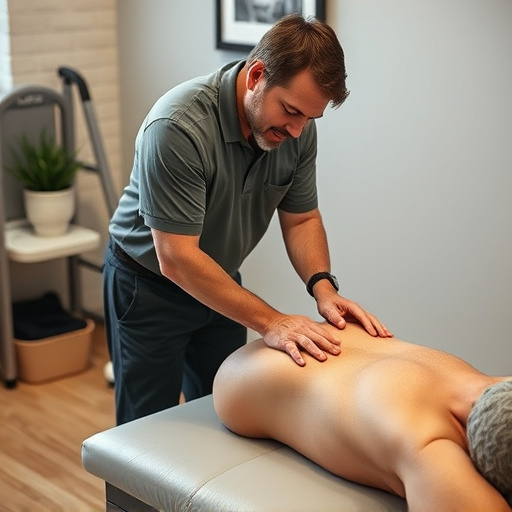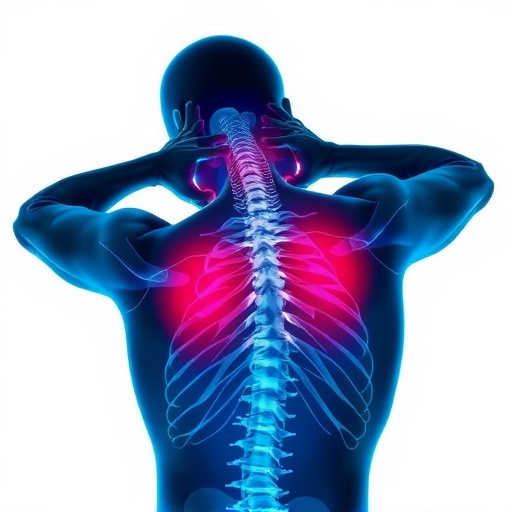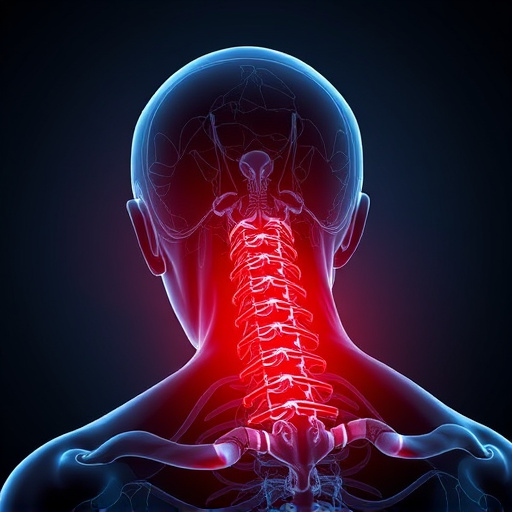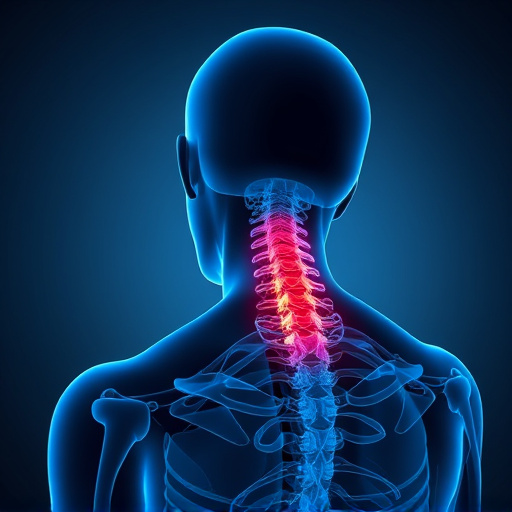Occupational injury treatment focuses on holistic care for diverse workplace hazards causing physical strain and disability. Multidisciplinary teams employ manual therapy, exercise, and education to relieve joint pain, restore function, and improve mobility. Chiropractic care addresses spinal issues, while functional rehab strengthens muscles and posture for safe return to work. Personalized rehabilitation plans, including progressive exercises, empower individuals to regain independence and prevent future injuries.
“Occupational injuries, while often overlooked, can significantly impact workers’ lives, leading to chronic pain and reduced productivity. This article delves into effective occupational injury treatment methods designed to alleviate pain and facilitate long-term recovery. We explore the multifaceted approach of comprehensive occupational injury treatment, including understanding the root causes, implementing advanced pain management strategies, and devising personalized rehabilitation plans.”
- Understanding Occupational Injuries and Their Impact
- Comprehensive Treatment Approaches for Pain Management
- Rehabilitation Strategies for Long-Term Recovery
Understanding Occupational Injuries and Their Impact
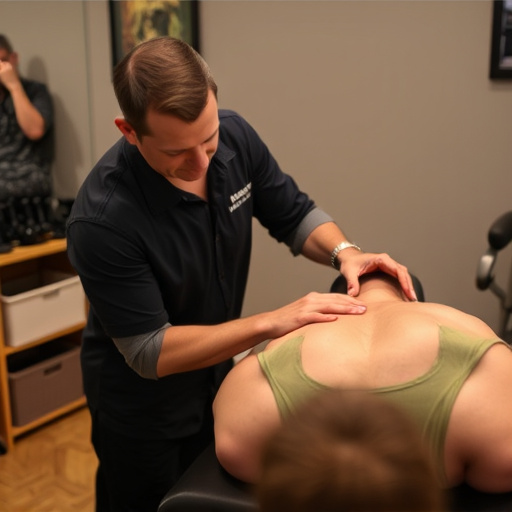
Occupational injuries are a significant concern in today’s workplace, impacting individuals across various industries and age groups. These injuries result from tasks or conditions specific to one’s job, often leading to physical discomfort, disability, or even long-term health issues. The impact extends beyond the individual, affecting productivity, morale, and overall work culture. Understanding these injuries and their underlying causes is crucial for implementing effective occupational injury treatment methods.
Common occupational hazards include repetitive strain injuries, musculoskeletal disorders, and acute injuries from accidents. For instance, prolonged periods of sitting or lifting heavy objects can contribute to neck pain treatment needs, while workplace incidents may result in herniated disc treatment requirements. A holistic approach to occupational injury treatment involves a combination of medical interventions, such as rest, medication, and physical therapy, alongside functional rehabilitation to restore and enhance an individual’s ability to perform work-related tasks.
Comprehensive Treatment Approaches for Pain Management
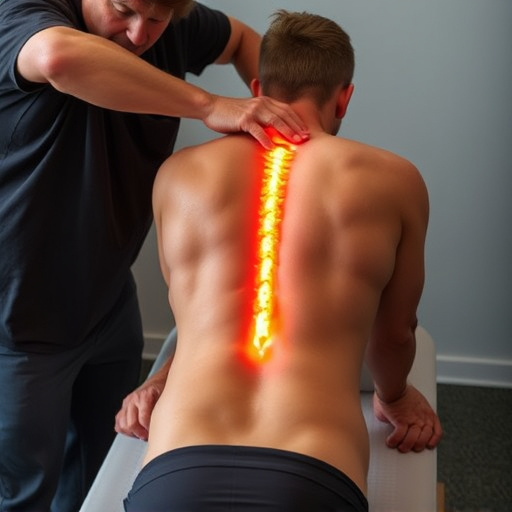
Comprehensive treatment approaches for managing occupational injury-related pain often involve a multidisciplinary team including physiotherapists, chiropractors, and medical professionals. The primary goal is to provide joint pain relief while focusing on restoring function and improving overall mobility. This involves a combination of interventions such as manual therapy, exercise programs tailored to the individual’s needs, and educational strategies to help them understand their condition better.
Functional rehabilitation plays a crucial role in these comprehensive treatment plans. By incorporating specific exercises designed to strengthen muscles and improve posture, patients can regain lost mobility and reduce pain levels over time. Additionally, chiropractic treatment may be utilized to address spinal misalignments or nerve compression, offering another avenue for joint pain relief and promoting faster healing.
Rehabilitation Strategies for Long-Term Recovery
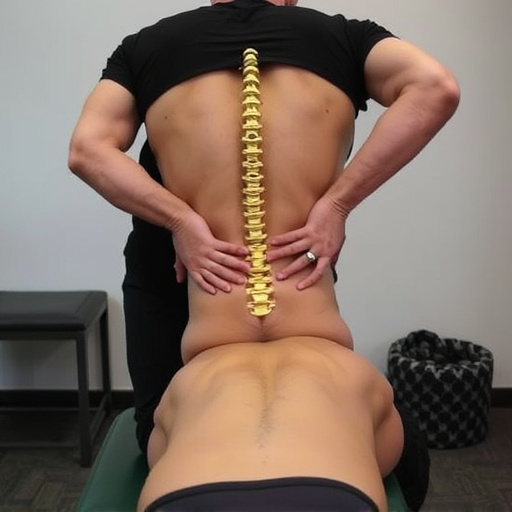
Rehabilitation plays a pivotal role in the long-term recovery process for individuals who have suffered occupational injuries. It involves a comprehensive approach to restore physical function, improve mobility, and enhance overall quality of life. Rehabilitation strategies are tailored to address specific needs, focusing on both the affected body parts and any associated soft tissue injuries. This personalized treatment plan often incorporates various components such as physical therapy, functional rehabilitation exercises, and education on injury prevention measures.
Effective rehab services aim to not only alleviate pain but also empower individuals to regain their independence and return to work. By incorporating progressive exercises and activities that challenge the body in a safe manner, patients can improve their strength, flexibility, and endurance. This gradual progression ensures a stable recovery, reducing the risk of re-injury as they resume their regular activities or return to the workplace.
Occupational injuries can significantly impact individuals’ lives, but with comprehensive occupational injury treatment methods, pain management, and long-term recovery are achievable. By combining various approaches, including rehabilitation strategies, we can enhance the effectiveness of pain management. Understanding these treatments empowers employees to actively participate in their healing process, fostering a safer and more supportive work environment.






